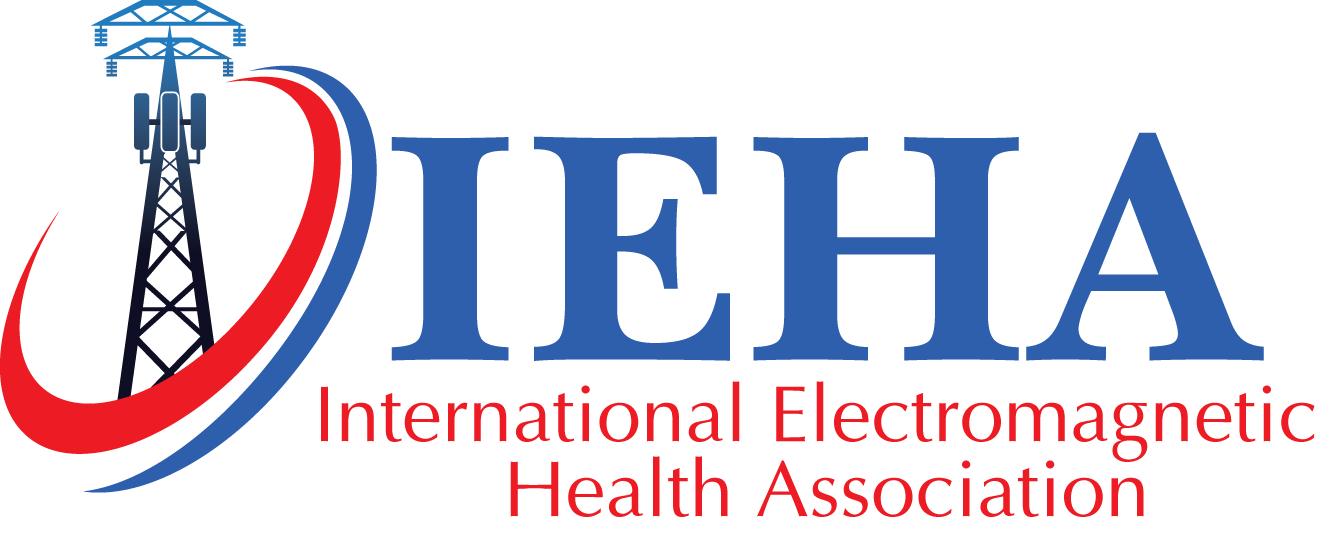
Welcome to EMFAction.org - The interactive visitor and member center for the International Electromagnetic Health Association (IEHA).
Members: To access the members-only sections of this website such as the EMF Action Center, members-only discussion forums, and member resources, please login with the email address you used when you signed up, or via your social media account.
If you are not a member, we wholeheartedly welcome you to join now! The International Electromagnetic Health Association is the only membership-based, member-driven, full-time advocacy group which represents EMF or electrosensitive women and men, parents, scientists & researchers, and all who know that safer technologies and habits must be advanced.
Public Forum 54

Radiation Danger zones around Wifi and other Personal Communication Devices
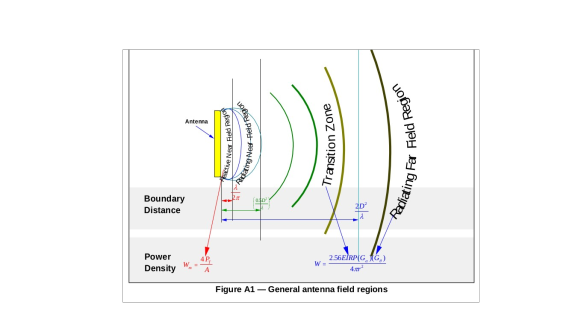
All electrical and electronic equipment emit Electromagnetic Radiation (EMR), fortunately most devices do not emit high levels of EMR. The ones of prime concern are those that emit radio signals. These include but not limited to: Cell Phones, Cordless Phones, Laptop, Tablets, Baby Wireless Monitors, Wireless Routers. The laptop this is being written on emits approximately 25 milivolts per meter (Electric Field) when turned on, 25 more when the charger is plugged in and regularly over 1000 milivolts when on Wifi. To determine the Power Density would would also need to measure the amps per meter (Magnetic Field). Few radiation meters measure the Amps per meter. These regular meters calculate the amp reading based on established physics when the measurements are in the far field or at a distance from the source.
(Figure source: Safety Code 6 (SC6) Radio Frequency Exposure Compliance Evaluation Template (Uncontrolled Environment Exposure Limits) Industry Canada Technical Note-261)

Vast Majority of Consumers Suffer Financial “Net Loss” with Smart Meters
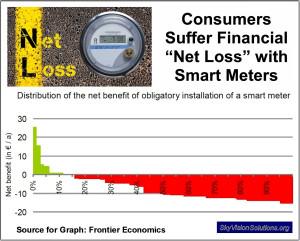 This article provides specific information to counter claims made by smart meter proponents that smart meters provide consumers with financial benefits, i.e., saving energy and reducing their utility bill. In addition, this article presents information to help disentangle how policy makers conflate the topics of grid modernization, smart meter deployments, and sound environmental policy.
This article provides specific information to counter claims made by smart meter proponents that smart meters provide consumers with financial benefits, i.e., saving energy and reducing their utility bill. In addition, this article presents information to help disentangle how policy makers conflate the topics of grid modernization, smart meter deployments, and sound environmental policy.

Internet by light promises to leave Wi-Fi eating dust
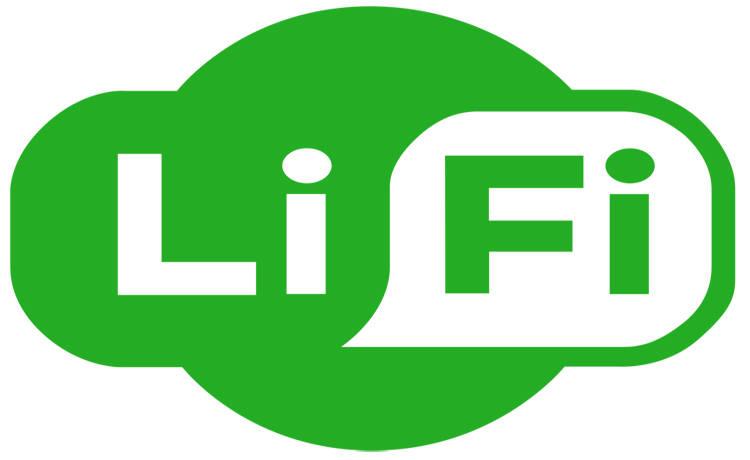 Barcelona (AFP) - Connecting your smartphone to the web with just a lamp -- that is the promise of Li-Fi, featuring Internet access 100 times faster than Wi-Fi with revolutionary wireless technology.
Barcelona (AFP) - Connecting your smartphone to the web with just a lamp -- that is the promise of Li-Fi, featuring Internet access 100 times faster than Wi-Fi with revolutionary wireless technology.

Mobile phones are 'cooking' men's sperm
Original Source - Telegraph.co.uk
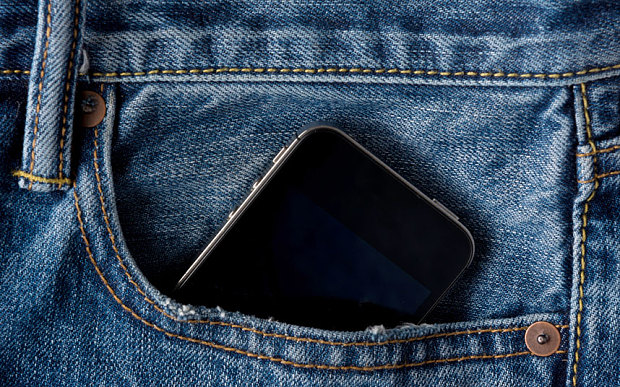
Fertility experts are warning man that using a mobile for as little as an hour a day is "cooking sperm" and lowering level significantly.
All topics 65

Internet by light promises to leave Wi-Fi eating dust
 Barcelona (AFP) - Connecting your smartphone to the web with just a lamp -- that is the promise of Li-Fi, featuring Internet access 100 times faster than Wi-Fi with revolutionary wireless technology.
Barcelona (AFP) - Connecting your smartphone to the web with just a lamp -- that is the promise of Li-Fi, featuring Internet access 100 times faster than Wi-Fi with revolutionary wireless technology.

Mobile phones are 'cooking' men's sperm
Original Source - Telegraph.co.uk

Fertility experts are warning man that using a mobile for as little as an hour a day is "cooking sperm" and lowering level significantly.

 How to avoid "smart" meter "opt-out" fees?
How to avoid "smart" meter "opt-out" fees?
How can we avoid being forced by the power company to pay an "opt-out" extortion fee? One good way may be through legal notices - sending affidavits to the power company to change the terms of the contract we have with them and get rid of the opt-out fees.
We have posted an example of such an affidavit in our members section. Has anyone used this or something similar - what were your results? I will keep you posted of mine here as soon as my "opt-out" fee is straightened out.

 Messages from IEHA Charter Members
Messages from IEHA Charter Members

 WHO Class 2B Carcinogen classification and "stroll down memory lane"
WHO Class 2B Carcinogen classification and "stroll down memory lane"
Date: May 31, 2011 Lyon, France
The WHO/International Agency for Research on Cancer (IARC) has classified radiofrequency electromagnetic fields as possibly carcinogenic to humans (Group 2B) based on increase risk for glioma, a malignant type of brain cancer associated with wireless phone use.
Stroll down memory lane
A page or two in the school WiFi book should be dedicated to reminding readers about past human misjudgments - things that affected health (such as "cigarettes are good for you" - "more doctors smoke Camels than anything else" and other examples of chemical/radiation exposure that caused real harm - like lead paint)
Customer support service by UserEcho
